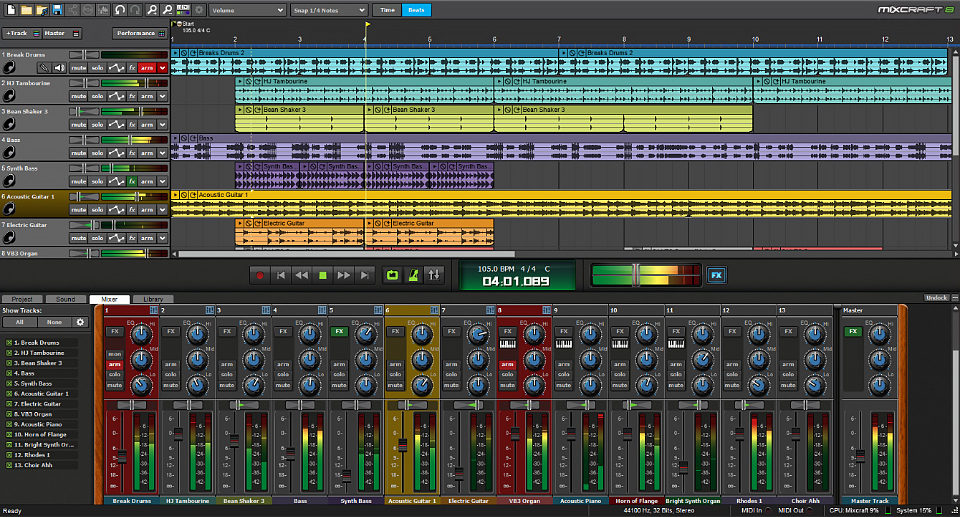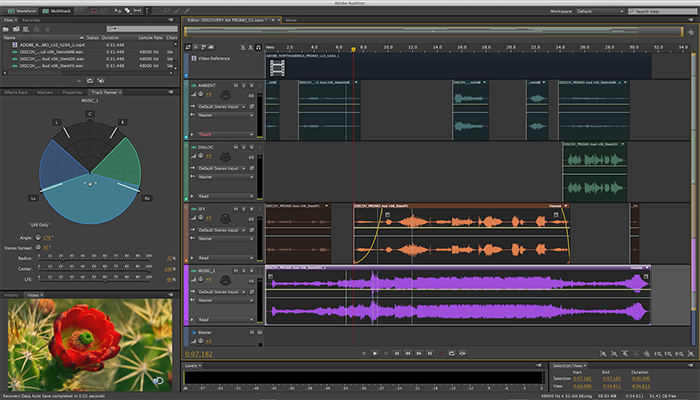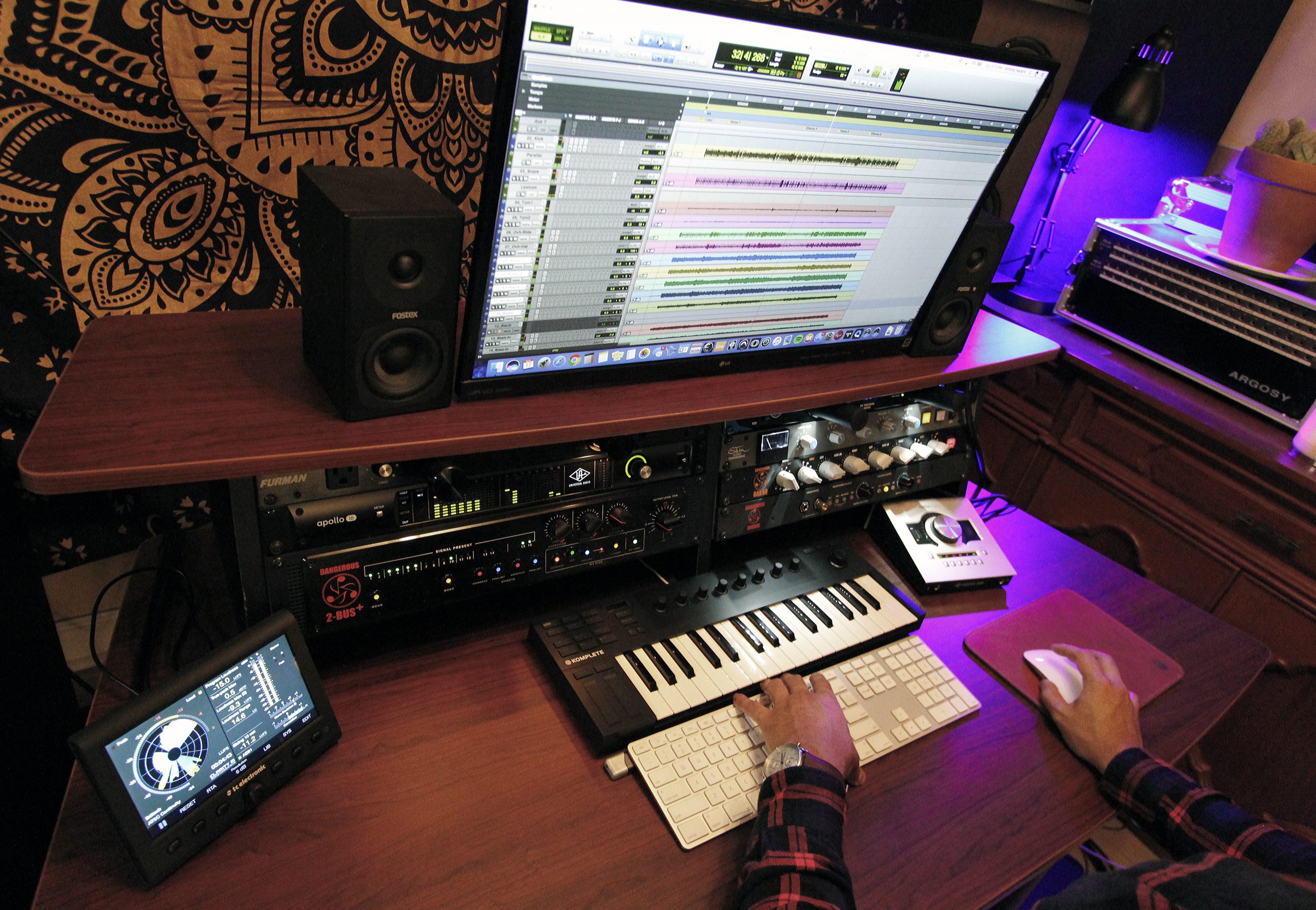Table of Content
I would recommend the iD14 to recording engineers and producers who may have a little experience working with interface technology and are ready to take things to the next level. Audient products tend to fall in the mid-range when it comes to price, but this unit provides exceptional value and delivers a big sound for both vocal capture and live instrument recording. Your input channel or channels determine what and how you’re able to record using an interface.

M-Track Solo and Duo are entry-level, USB-powered, audio-only interfaces with 2-in 2-out connectivity. Their feature sets are slightly different but underlying specifications are very similar. Solo includes one mic/line channel with switchable phantom power and one line/instrument channel. The main outputs are on unbalanced RCAs and the front headphone output is on an 1/8” mini-jack.
Comments on “15 Best Audio Interfaces for Home Studio”
Apart from the functionality, this offers, it also makes the audio interface useful when you face latency issues. So yeah I think your best bet is absolutely to do as much testing as possible. If you can go into a store you’re buying from and ask if you can test the mics and bring in the violin, that would obviously be best-case scenario. I think a few places would allow this, so definitely worth asking! There are so many variables involved such as Zoom audio settings, broadband variations, and mic quality. Last evening, my upload broadband speed fluctuated widely and the audio I was getting from my guitarist friend was great but my audio at his end was fluctuating all the time.

In terms of the number of connected cables, the model is practically no different from real professional equipment. Remote control is included with the product, so you can manage products from a distance. The design is equipped with a large number of the most advanced converters, which provide a minimum level of noise and sound distortion. The sound card is able to work with the TotalMix application, which provides a slight delay, and also allows for convenient routing. This model also has increased hardware processing, which is usually installed on the most powerful sound cards installed in high-end studios. Up to six user settings can be stored in the product firmware; they are called up by a special control button located on the front panel of the equipment.
The Different Types of Microphones: Home Studio Essentials
It has the latest in mic preamps so you can accurately set the levels. Instrument input has also been completely re-engineered to easily handle hot guitar pickups. + If you love hot guitar pickups this is the audio interface to go for because of its newly designed instrument input. If you love hot guitar pickups this is the audio interface to go for because of its newly designed instrument input. An audio interface is very important if you are serious about producing music. Audio Interface allows you to record high-quality sounds, which you cannot do using any other means.
The PreSonus AudioBox iTwo gives you two combo inputs plus a MIDI controller connection on the back and all of the convenient features from those above that you can expect on all below as well. It's rugged, powder-coated blue chassis and small size makes it a great option for the portable musician as well. It even offers you the Capture Duo software to record on your iPad on the go.
Steinberg UR22C USB
Price is always a valid factor to consider when picking the best audio interface for home studio setups. Thankfully, these days it’s extremely easy to pick and purchase a nice-sounding, versatile audio interface for your home studio. Simply go with any model covered in this post, and you’ll get to enjoy a terrific sound and a large enough number of inputs/outputs for all your needs. You can and should judge the sound of what you are buying, take a year to buy the right one, if necessary. Approach the decision in with the outdated notion of monoDAWmy (it’s cool to cheat, don’t worry, but pretend you can’t to help the decision process).

The PreSonus Studio 24C is a great choice if you want to limit your budget under $200. Although in the same price range, there are many audio interfaces. But, the reason for picking this little audio interface is simple. All these have premium sound quality, multiple inputs and outputs enough for a band, low distortion, better sound retention, and solid design. Audio Interface is functional when you want to bring external samples such as vocals or sounds inside your computer without compromising the sound quality. The main reason is that the audio cards inside mobiles, laptops, or even the computer cannot give the best sound quality.
Focusrite Clarett 2Pre USB ($
If you can wait a little while longer, you'll do better to jump up to the next interface just below. DAW compatibility is rarely an issue but it's worth checking. Most of the time they are universal in their ability to be used across the board because your computer recognizes the inputs as "input options" for the system.
The US-2×2 also comes with Cubase LE software to help get you started with making music as soon as possible. The HDDA preamp design provides crystal clear audio that has extremely low self noise, making it great for capturing details in your performances. The TASCAM US-2X2 is small enough to take with you wherever you go, but powerful enough to record a singer songwriter or a small ensemble. It does not filter audio like a normal modeler would, instead it causes your microphone to interact with the preamp in the way that it would with a modeled preamp. The included UAD plugins are a great way to get analog style sounds that sound just as good as the real thing.
You can just yank a few amps up to 10, plug the microphone into whatever will take it, bash on the drums and you’re all set. The interface’s sound cards handle audio projects much better than your computer’s does, and this allows for greater artistic control throughout the entire creative process. Most microphones are powered by XLR cables, responsible for transmitting the air vibrations picked up by the microphone’s circuitry from point A to point B.

The material on this site is genuine and legitimate, gathered from a reputable and authorized source. We compiled product ratings from various reliable sources, including authoritative websites, purchasing guides, consumer forums, and other rated websites, because it directly impacts your purchase. We believe that doing your homework before making a purchase is critical. Thus we provide adequate information on the Best Audio Interface For Home Studio to assist you in making your decision. That means you can stuff those in your rack and still have this bad boy on your desk to monitor, talkback, and live mix from. You can get 16 more by daisy chaining through the ADAT connection.
If achieving that sound requires an expensive, feature-rich interface, then spend the cash. If you can achieve the best sound by using a budget interface, then that’s the interface you should use. The lights extend horizontally a small distance across the top panel of the unit, and I felt this was not the most aesthetic choice. In fact, I found it kind of distracting when recording in my darkened studio since the indicators also extend vertically down the front panel.

Each preamp runs through two parallel converters to minimize noise and eradicate data glitches. This sucker even has expandable monitor controllers for your desk so you can switch between monitors for referencing purposes and even has a remote control. The RME Fireface is the other great option before you should consider an entirely different direction. You can use Firewire or USB, it has two MIDI inputs, it has a built word clock to stabilize any external gear you throw at it, and you can even output with ADAT and SPDIF.
You’ll notice the high quality of this audio interface also in its build and design, which is beautiful and sturdy. And as it fits on your desk, it’s small enough to take up a small space, as well as carry with you wherever you need it. The Apollo Twin MKII DUO is, as I mentioned, a desktop audio interface.

PCIE ports are usually found in professional audio boxes because it offers additional processing power and fast data transfer. Latency or delay is another factor that shatters your workflow. This audio interface completely revolutionizes the concept thanks to Scarlett’s unrivaled round-trip latency which is as low as 2.74ms. + Eight Focusrite high-quality preamps for a great sounding interface. Why We Liked It - This is one of the best audio interface designed by one of the best in the business.

No comments:
Post a Comment